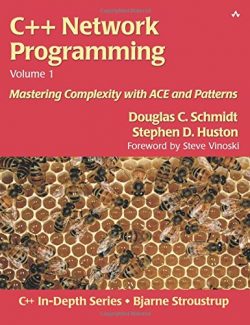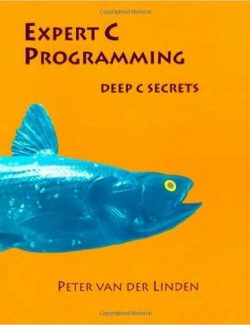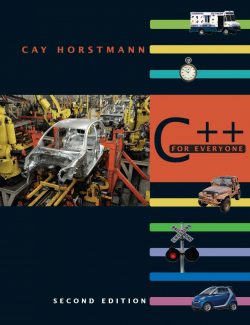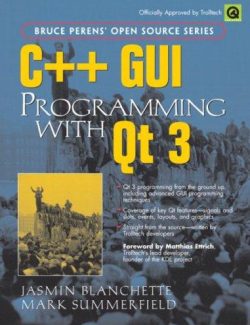Description
Principles of DATA STRUCTURES using C and C++ covers all the fundamental topics to give a better understanding about the subject. Moreover, this book covers almost all the topics of the other Indian and International Universities where this subject is there in their undergraduate and graduate programs. All effort is made to discuss the topics in the simplest possible way without loosing its qualities.
The study of data structures is an essential subject of every under graduate and graduate programs related to computer science. A thorough understanding of the basics of this subject is inevitable for efficient programming.
View more













Leave us a comment
1 Comment